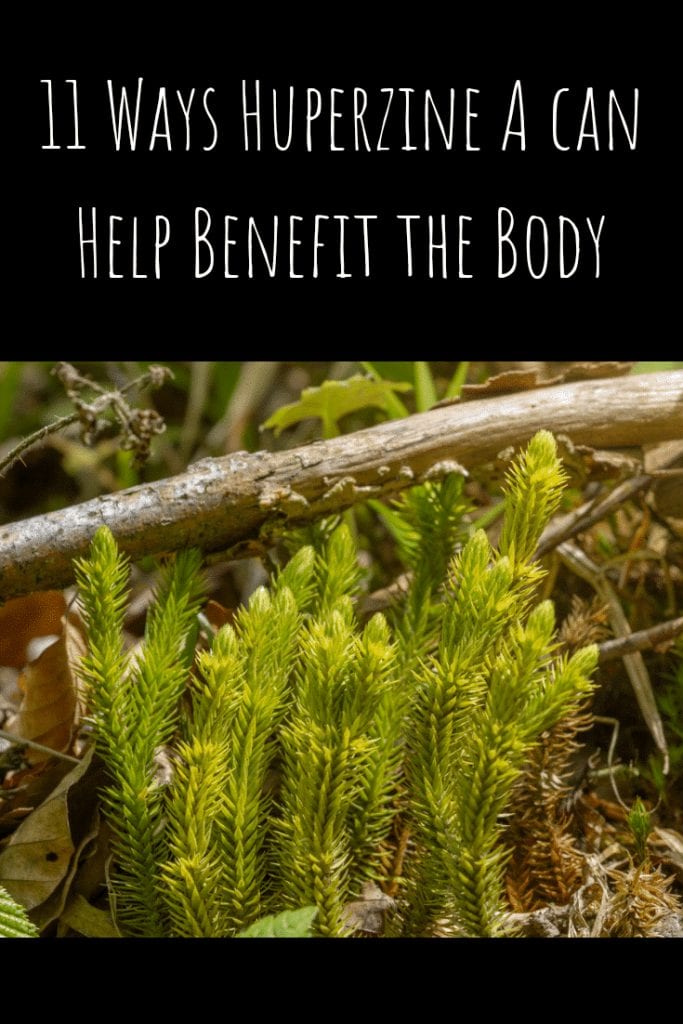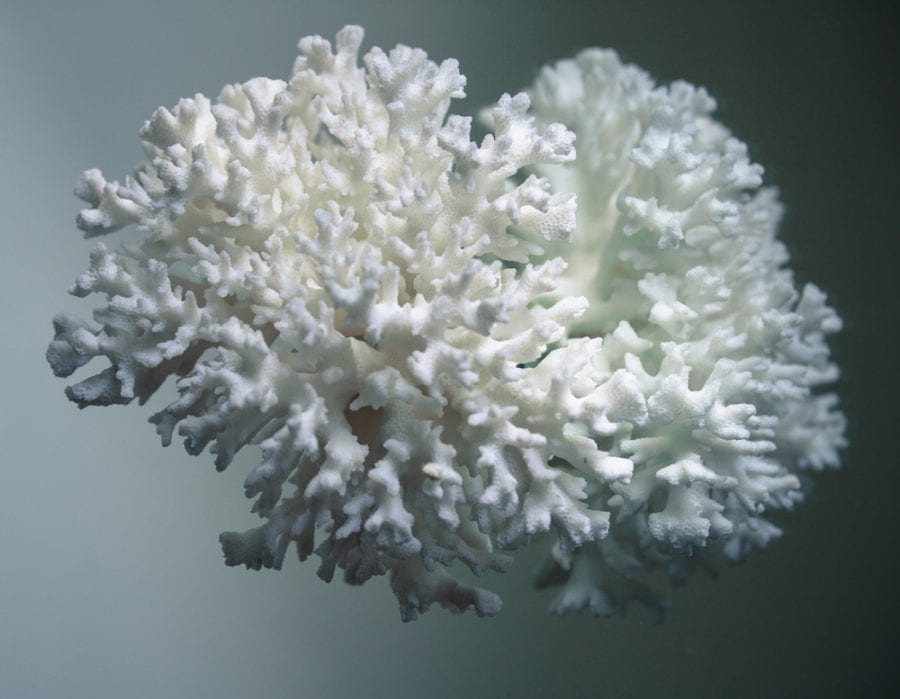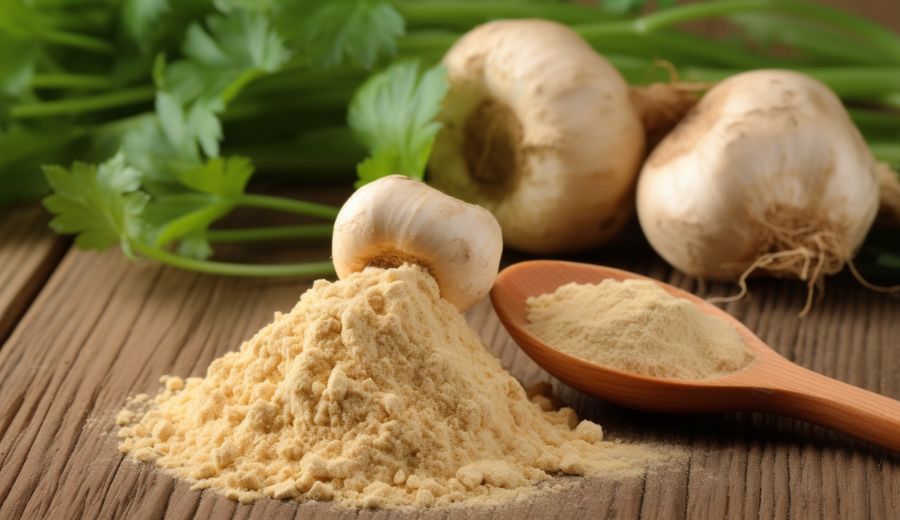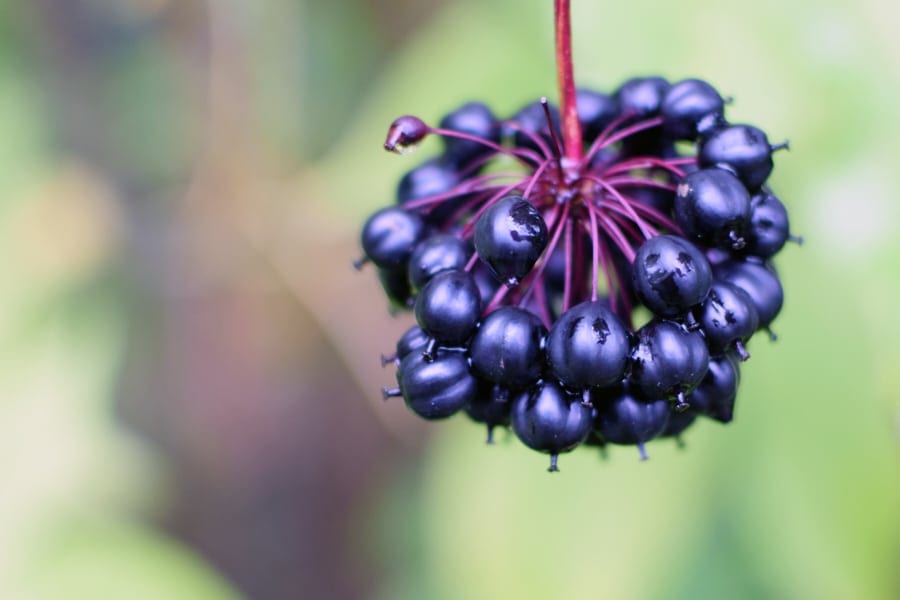From Sharpening Focus to Slowing Cognitive Decline: The Dynamic Power of Huperzine A
WHAT IS HUPERZINE A?
Huperzine A is an alkaloid. It’s found in a particular species of Lycopodium, or clubmoss, one of the oldest and most prehistoric plant type groups in the world.
It was the clubmoss itself that was originally used for healing and as medicine in ancient times.
Yet with the rise of modern science and studies, it was found that huperzine A was truly responsible for this plant’s effects.
What research found most remarkable about huperzine A: it behaved much like a neurotransmitter. This means it affects nervous system receptors in the brain, while also altering levels of neurotransmitters circulating in the body.
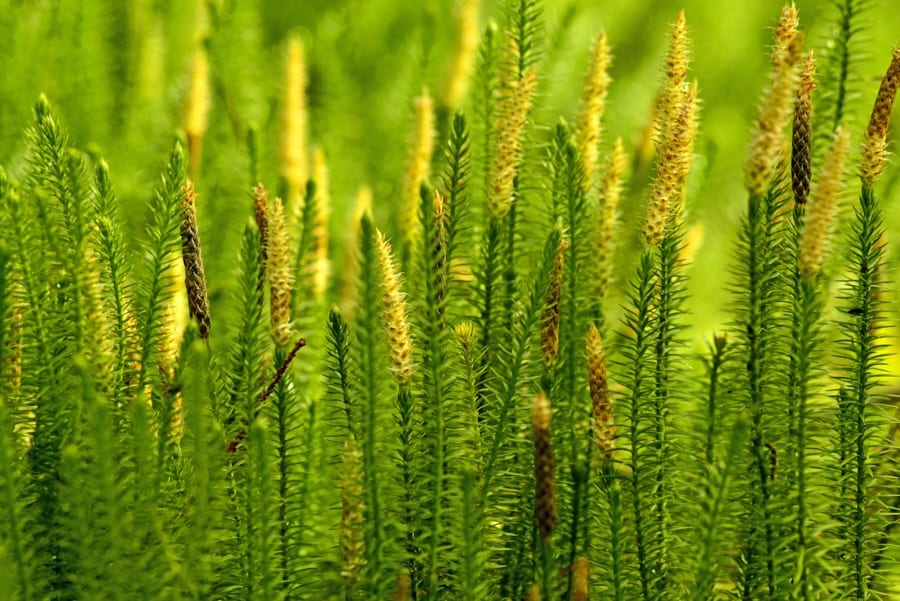
A QUIRKY COMPOUND FROM A FUNKY PLANT
The strange plant in question from which huperzine A originates: a clubmoss called Japanese, Chinese, or toothed clubmoss.
Its scientific name: Huperzia Serrata, where the compound gets its name.
This plant was used in traditional healing practices like Traditional Chinese Medicine (TCM), an herbal folk practice still widely in use today.
Back then, this clubmoss was used for many ailments, for which science has uncovered fascinating revelations about.
HISTORY OF TOOTHED CLUB MOSS IN TRADITIONAL HEALING
If there was ever a powerful medicine for the brain and nerves, toothed clubmoss was it—at least in ancient times in the Eastern part of the world.
In China and Japan particularly, clubmosses were utilized for many issues, most notably for the brain.
Depression, memory problems, and more were all a part of its virtues. It was also considered a good liver and spleen medicine.
Toothed clubmoss should not be confused with other types of clubmoss used in herbalism of the Western world, which fall under the genus Lycopodium. Research shows that these plants do not contain huperzine A at all.
WHAT ARE THE HEALTH BENEFITS OF HUPERZINE A?
History and general info aside, what can this ancient species of clubmoss do?
More specifically: what is huperzine A, its active constituent, truly capable of?
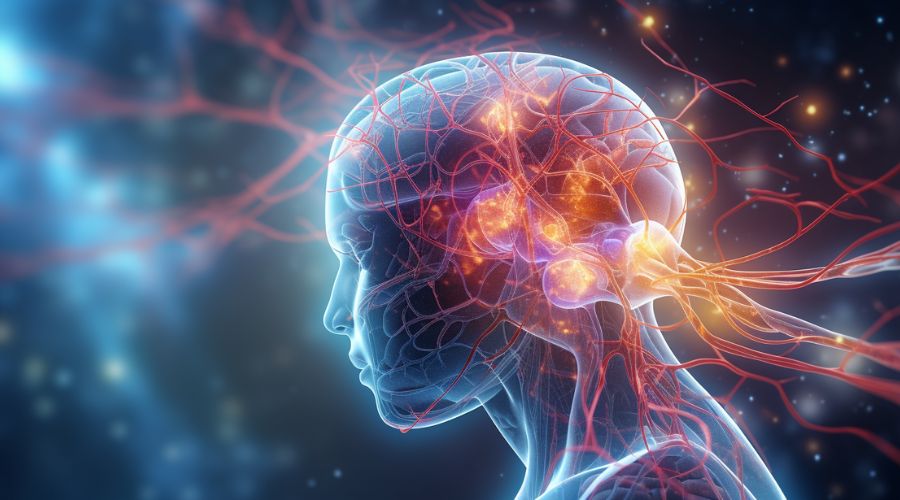
Civilizations and cultures of old, through their own careful study and evidence-based use, found many amazing health purposes for this plant and its compounds. Today, science supports these discoveries—and is discovering more and more about them each year.
The following are the most research-supported benefits of huperzine A so far discovered, honoring its traditional uses, too.
1. NEUROPROTECTIVE ACTIONS
What really made an unsuspecting clubmoss work as an herbal medicine for the mind?
It’s probably because huperzine A is a potent neuroprotector.
Generally speaking, all its benefits for the brain and nerves owe to this fact. Ancient healers knew this, though recent studies have discovered this property, too.
One study in 2011 gave a detailed analysis of huperzine A’s potential, deeming it ripe for future exploration in developing neuroprotective drugs.
In another study, huperzine A’s effects showed actual “neurogenesis” in certain parts of the brain, meaning that it stimulated both nerve and brain tissue growth on top of protecting it.
2. NEUROLOGICAL DISORDERS
Since neurological disorders—like Parkinson’s, ADHD, and autism—develop depending on the health and state of the nervous system and brain tissues, many scientists and researchers have presupposed that huperzine A could support or reduce their risk as a neuroprotector.
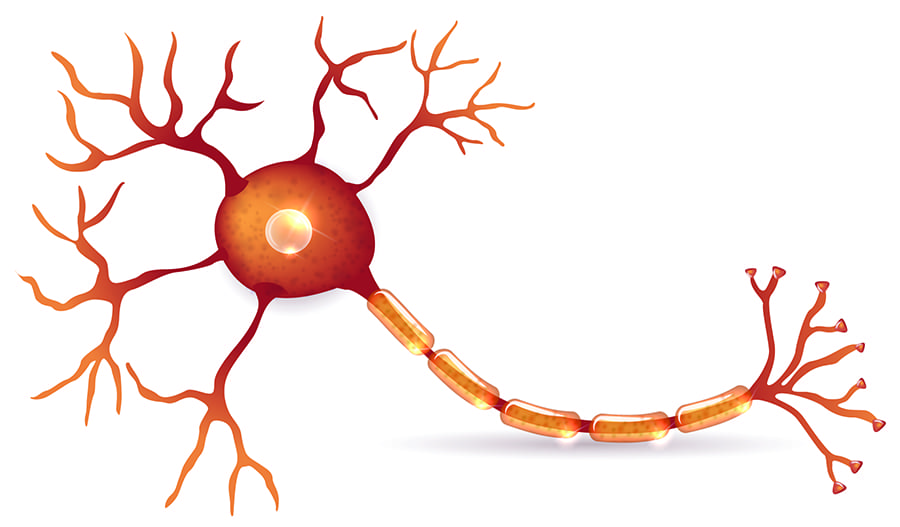
Nerve cell anatomy detailed illustration
Not to add that in ancient times, before there were names for these diseases, clubmoss was a frontline remedy for such issues.
As a result, huperzine A has drawn great attention for neurological conditions. More specifically, studies show that huperzine A is an AChE (acetylcholinesterase) inhibitor, meaning it can block pathways leading to neurological disorders—specifically dementia and Alzheimer’s.
3. REDUCE THE RISK OF ALZHEIMER’S DISEASE
There are possibilities in huperzine A to help all sorts of neurological disorders, though none have been more studied—or seem as likely and promising—as the alkaloid’s studied effects on Alzheimer’s disease.
More than any other neurological disorder, AChE inhibitors like huperzine A have the most powerful effects on Alzheimer’s.
This neurodegenerative disease is characterized by a slow loss of memory, cognitive dysfunction, and advanced dementia. And yet, studies show this clubmoss compound could reduce the risk of Alzheimer’s and improve its symptoms.
More studies will be needed, but this has opened up some very hopeful avenues for considering huperzine A a possible Alzheimer’s drug one day.
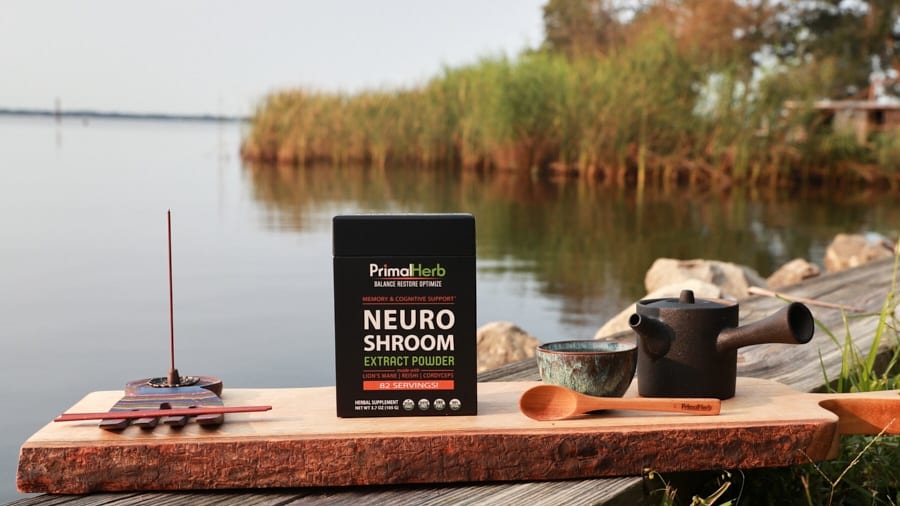 Learn More About Neuro Shroom: Click Here
Learn More About Neuro Shroom: Click Here
4. BOOST COGNITION
Even if Alzheimer’s is not in the picture, there are the occasions that symptoms like cognition and focus problems can affect peoples’ lives with or without the condition.
Rest assured that, same as Alzheimer’s, huperzine A could help just about anybody in the brain health department.
Having trouble with slow thinking, multi-tasking, or even memory issues? Studies show that, on the one hand, huperzine A improved visual memory and recognition in certain test subjects.
In another study, the plant alkaloid boosted cognitive function in subjects who were struggling in that department.
5. REDUCE BRAIN FOG AND FATIGUE
In addition to more common struggles with cognition and memory, studies also suggest huperzine A could help issues like brain fog or mental fatigue, a sub-clinical problem that can give rise to both poor memory and cognition while posing its own unique challenges.

One study in fact connected the folk herbalism use of clubmoss for chronic fatigue issues to its huperzine A content.
What’s more, brain fog isn’t an issue that just happens on its own. It can be a frustrating consequence of other health struggles like autoimmune disorders, digestive dysfunction, certain nervous conditions, or adrenal fatigue.
6. HELP NERVE-RELATED PAIN
The plant-based alkaloid’s benefits for memory, fatigue, and Alzheimer’s can seem intangible. After all, these are aspects of mental or nervous health it helps with that are hard to measure.
Yet there’s more than meets the eye with huperzine A, especially when taking its effects on nervous pain into consideration.
One study showed that use of huperzine A could one day be a candidate for developing holistic and long-term nerve pain management medications. The reason: it visibly alleviated pain in test subjects that experienced nerve injury.
This could bring hope for those with chronic nerve pain, fibromyalgia, and more.
7. HELP WITH SEIZURES AND EPILEPSY
Returning to huperzine A as an AChE inhibitor, research shows an encouraging outlook for those with epilepsy.
In a 2015 study, use of huperzine A reduced the incidence of seizures in test subjects with epilepsy.
Much like its study results with Alzheimer’s, the botanical compound inhibited and affected certain pathways related to the occurrence of seizures, particularly GABA-related pathways. What’s more, it didn’t need the help of other anti-epileptic treatments to work effectively.
Natural alternatives for treating epilepsy are few. Fortunately, with this research, there could possibly be some right around the corner thanks to huperzine A.
8. HELP PROTECT AGAINST BRAIN DAMAGE
In the same realm as seizures and epilepsy, huperzine A could help other major disorders that have life-changing and hampering effects—namely, it can help brain damage.
This extends to complications and damage due to concussions, stroke, or other trauma.
A study in 2015 addressed this by way of testing huperzine A’s impacts on brain damage. In the study, the alkaloid protected the brain from any further damage or injury owing to a hemorrhage.
Could this possibly make it a medicine for stroke or concussions? Not yet, but it certainly does open a door up to the possibility.
9. MAY SUPPORT ANXIETY AND DEPRESSION
For some, anxiety or depression seems like nothing but an emotional issue. For millions of others, however, this is not the case.
Anxiety and depression are very much neurological issues, for which huperzine A could show benefit for.
One study on huperzine A showed that it had specific biochemical interactions for anxiety, doing so by blocking receptors that heightened anxiety and altering neurotransmitters that caused it, too.
As for depression, a 2017 study revealed that the plant chemical could behave very much like a natural anti-depressant, though how effective it is compared to pharmaceutical anti-depressants is still uncertain.
10. COULD HELP PROTECT THE LIVER
It’s important to note that clubmoss, the source of huperzine A and its traditional uses, wasn’t just used for improving the nervous system, mental health, and neurological function.
In fact, according to Traditional Chinese Medicine both today and in the past, toothed clubmoss was also a liver medicine.
What’s more, these liver health-boosting properties are also owed to huperzine A. A study in 2013 showed that its AChE inhibiting benefits apparently reduce inflammation in the liver, thereby enhancing its health and function.
For a lot of people, this could make it a great supplement for natural detoxification support.
11. HUPERZINE MAY HELP WITH ADDICTION
Many herbs and supplements claim to help with substance addiction, but few of them have the research and science to prove this.
Not the case with huperzine A, which shows promising research and benefits for addiction.
Though a very preliminary study that requires further investigation, one piece of research showed huperzine A may slow or alter the way one immediately responds to addiction, showing hope for further development and exploration in the alkaloid for addiction treatment and management.
It’s untested for now, but huperzine A may provide holistic support for those undergoing (or trying to quit) addictions to tobacco, alcohol, or even hard drugs, though more studies will ultimately be needed.
Huperzine A is one of many botanical ingredients we love—and one of many also backed by science and tradition to be a powerful booster to the brain, nervous system, overall neurological health, and more.
We’ve included each of these in our neuro-boosting formula, Neuro Shroom.
GET SOCIAL – LIKE, COMMENT, PIN, AND SHARE!
Recommended
Elevate Your Memory: Nature’s Best for Cognitive Boost
It can be frustrating, the way it infiltrates anything and everything in one’s routine. At first, we might not be able to put a finger on what’s going on, or even think of it as …
Deficiency to Vitality: The Role of Maca, Epimedium, Tribulus, & Goji Berry
One of the most fundamental aspects of Traditional Medicine is the concept of yin and yang. They are opposite but complementary forces that are essential in balance for optimal health. Too much or too little …
Unleashing Siberian Eleuthero: From Energy Boosts to Stress Relief & Beyond
Herbs can be powerful tools for health. Over time, research has revealed certain botanicals to have numerous benefits. Plants like schisandra, rhodiola, and he shou wu are great examples—but turning to just one herb isn’t …
- Exclusive Offers
- Product Giveaways
- Latest Research
- New Product Launches

